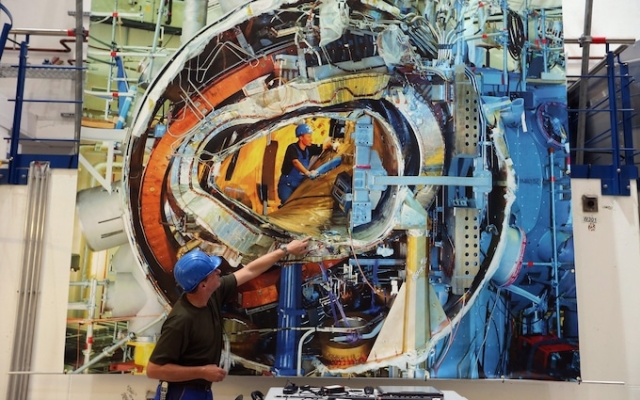 Internal plasma chamber of a fusion reactor Photo: Sean Gallup/Getty Images
Internal plasma chamber of a fusion reactor Photo: Sean Gallup/Getty Images
Nuclear fusion may be one step closer to radical New reactor design in the shape of a twisted donut was introduced by a working group created by the king.
The reactor, known as a stellarator, offers new ways to control the white-hot plasma produced by nuclear fusion.< /p>
Frionuclear plasma is so hot enough to melt any known material, so it has to be contained in powerful magnetic fields. But maintaining such a magnetic cage for more than a few seconds has defied science for 70 years—perhaps still does.
Chris Mowry, CEO of Type One Energy, says the company expects its first stellarator, Infinity One, to be installed at an abandoned power plant in Tennessee in 2025.
Speaking at an event organized by Thermonuclear Power Challenge, created by the Royal Sustainable Markets Initiative, of which Mowry is also chairman, he said: “The machine will be experimental but it is expected to produce more energy than it consumes, paving the way for commercial development.” The announcement, along with separate UK and Chinese fusion reactor plans, signals a potential breakthrough in fusion development. It also shows how fusion is evolving from a primarily scientific endeavor into a race to create the first commercially viable reactors.
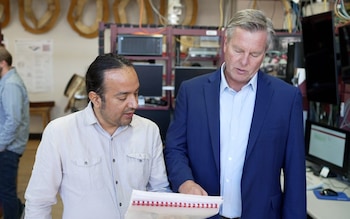 Type One Energy CEO Chris Mowbray (right) is also chairman of King Charles' Merger Working Group
Type One Energy CEO Chris Mowbray (right) is also chairman of King Charles' Merger Working Group
This progress has caught the attention of the Sustainable Markets Initiative, set up in 2020 by the King when he was Prince of Wales, prompting the recent creation of the task force.
“One gram of fusion fuel can release as much energy as burning 10,000 kg of coal,” says Mowry. “So you could produce electricity for a city of 250,000 people for a year using just a few hundred kilograms of deuterium and lithium. I expect to see a commercial reactor within two decades.”
Similar promises have been made before, and the goal remains quite ambitious. Scientists first harnessed fusion energy almost 70 years ago with the development of the hydrogen bomb.
However, controlling such reactions to produce energy has proven impossible, despite billions of pounds spent on research.
This is because the temperatures required to create fusion plasma—10 to 15 times higher than the Sun—would melt all known materials.
This means they need to be contained using magnetic fields, but creating magnets and simulating their fields in a cage capable of holding white-hot plasma for long periods of time proved an impossible task.
Mowry and his British colleagues on the Fusion Task Force believe they can now solve this and other technical barriers that have kept fusion power always «40 years in the future» for the past seven decades.
< p>In nuclear fusion, the goal is to use extremely high temperatures and pressures to force hydrogen atoms to fuse together to form helium. This process, which also powers the Sun and other stars, breaks down a tiny portion of their mass, converting it into enormous amounts of thermal energy. If this is controlled, it can be used to produce low carbon electricity.
Mowry says: “The idea is simple, but modeling the physics of this process, especially magnetic fields, is extremely difficult. And doing this in three dimensions was really beyond computational power until the last five or ten years.
«What's happened is that modern supercomputers, developed over the last 20 years, allow scientists to calculate the shape of one of these machines and then build it.»
Mowry's comments reflect broader excitement in the fusion scientific community around hopes for commercially viable technology. Fusion research in the US has coincided with a resurgence of interest in the UK, partly due to Boris Johnson's surge in enthusiasm in 2019 when he was prime minister.
He announced £330 million for fusion research and told the Conservative Party conference that research at the Joint European Torus (JET) project at Culham, near Oxford, would soon lead to «virtually unlimited, zero-carbon energy» » .
His claim was exaggerated, but the money helped Britain remain a world leader with plans to build its own new fusion reactor to replace JET. A spherical tokamak for energy production (Step) will be built at a disused power station in West Burton, Nottinghamshire.
Tokamak is an older approach to nuclear fusion with a simple donut-shaped reactor. About 200 of these machines have been built over the past seven decades, providing invaluable data, but none have proven capable of supporting sustained fusion reactions.
Paul Methven is chief executive of UK Industrial Fusion Solutions, which is building Step, says: “Step will pave the way for commercially viable fusion and help develop the UK supply chain. This is a vital and exciting opportunity to lead and deliver a new solution to the climate challenge to help Britain remain at the forefront of commercial fusion supply.”
The UK and US are friendly rivals as well as collaborators. as competitors for the development of technology. But there are other players.









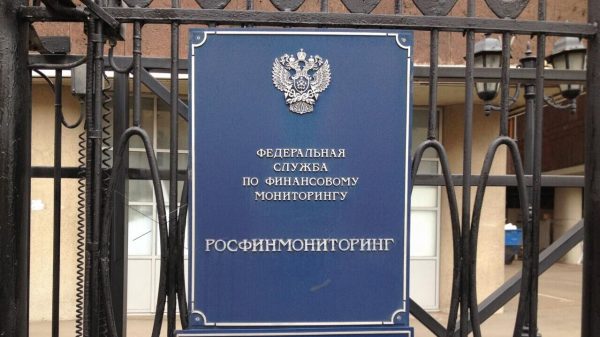









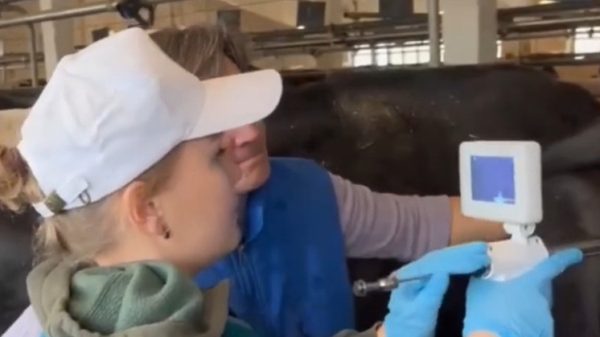

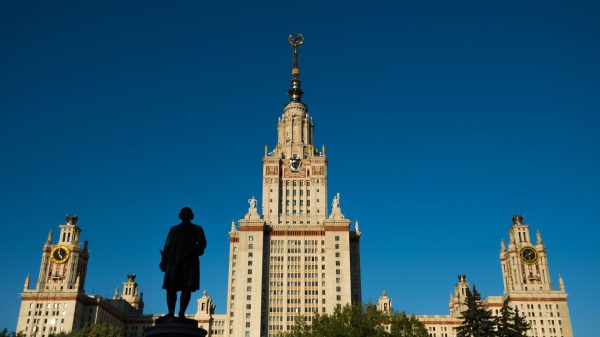




































Свежие комментарии